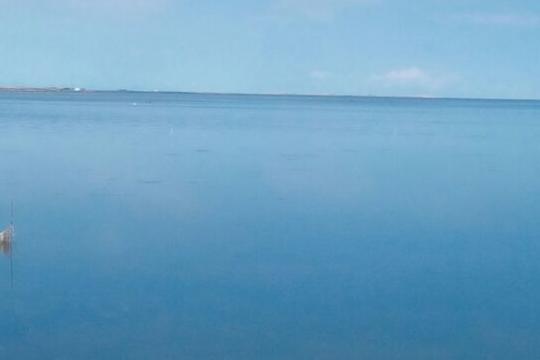We are a travel agency specialized in guided and self guided walking and cycling holidays.
- Type
- Destinations
- Theme
- Contact
- Rent a bike

Catalonia, one of the best known tourist destinations in the world and yet most holidaymakers tend to visit only the typical and apparently compulsory sites, which leaves much of this very diverse region to explore. For those who dare to venture into the lesser known and thus more authentic places of Catalonia, a spectacularly unspoiled and truly wonderful world full of natural and cultural wonders awaits them.
Today we are taking you cycling in South Catalonia, along the "green way", an old railway road transformed into a cycle path that allows you to enjoy breathtaking landscapes that would otherwise remain a mistery. With approximately 170 kilometres, the Zafan Valley Greenway takes you via a almost totally car free and flat cycle pat from the province of Aragón to Catalonia. The arid plains and medieval villages of Aragón slowly make way for the rugged and wild Nature Reserve of Els Ports where hot springs emerge from the side of the mountain and spectacular canyons are home to the Iberian Ibex, vultures, booted and golden eagles. No less then 28 tunnels lead us to the old railway station of Benifallet, a great place to relax, have a drink or eat at the restaurant and you can even stay overnight here in one of the beautifully restored hotels. During the summer you can enjoy live music here as well every saturday night. From Benifalllet the cycle path follows the Ebro River to Tortosa all the way to the estuary, the Ebro Delta. The Ebro Delta is one of the largest wetland areas 320 square kilometres (79,000 acres) in the western Mediterranean region. Exploring this area by bicycle is a joy to the senses. The marshlands, rice fields, rivers and lagoons are riddled with birds and the vast plains and immense beaches give a sense of freedom that is best to be tasted whilst cycling.
History of the railway (source: http://www.viasverdes.com)
The Val de Zafán Railway was a project that was never fully realized. The first attempts to build a railway linking the port of San Carlos de la Rápita with La Puebla de Híjar in Teruel date back to 1863. The decision to build this railway was in part based on a rather unusual concern. A long-held military belief was that Spain might be invaded from the other side of the Pyrenees, and in the event of such an invasion the second most important natural barrier to invasion (after the Pyrenees themselves) was the River Ebro. So it was thought to be a good idea to have a railway line running along the southern side bank of the river capable of supplying any potential battle front. The Val de Zafán Railway project therefore had the full backing and blessing of Spain’s military authorities.
However, this did not prevent the project’s gestation period from being long and drawn out, with one official start-up of work announced after another with no actual work ever being done. In 1891, the Compañía del Ferrocarril del Val de Zafán (Zafán Valley Railway Company) started the grading work, but travellers would have to wait until 1895 before the first 32 km section between La Puebla de Híjar and Alcañiz was opened. For decades the trains turned around at this station.
The line did not reach Tortosa until 1942, this section having always been operated by Renfe. The push required to complete the line came under unfortunate circumstances; it was built for logistical purposes during the Spanish Civil War to supply the front line units at the Battle of the Ebro. Many of the workers who built the final section of this railway were in fact Republican prisoners of war.
This railway, known locally as the "Sarmentero" (the “Vine Branch Train”, because of the countryside through which it ran), existed for only a short time, just 31 years, and was never a commercial success. In all this time what was to be the final stretch, from Tortosa to Sant Carles de la Rápita, was never completed, despite all the grading work having been finished. On September 19, 1973, the collapse of a tunnel between the stations of Pinell de Brai and Prat de Comte provided the perfect excuse for closing the railway down definitively, despite repeated attempts to reopen it. In 1998 the Ministry of Environment ordered work to begin on the recovery of the disused railway as a greenway in the Terra Alta section; this was followed by the Baix Ebre section which was developed between 2001 and 2003.